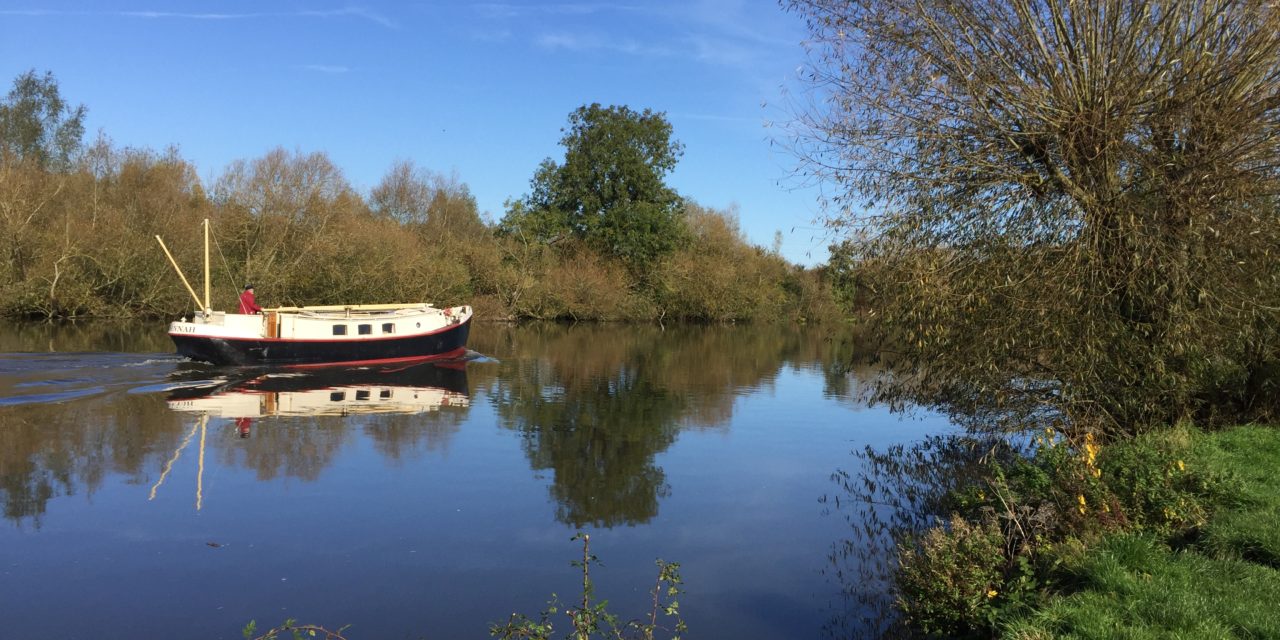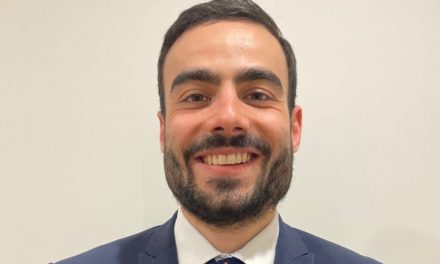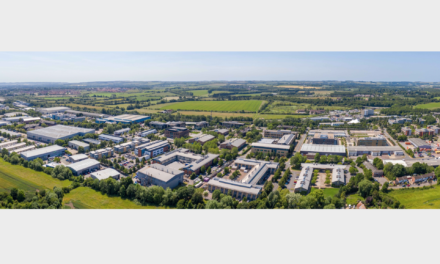Environmental issues and the Covid-19 crisis have made the third Thames bridge in Reading irrelevant, according to South Oxfordshire councillor David Bartholomew.
Cllr Bartholomew, who represents Sonning Common, for both South Oxfordshire District Council and Oxfordshire County Council, told an online meeting of Rotherfield Peppard Council traditional commuting will be less frequent in future and he wants a re-think on plans to progress with the bridge.
He said: “In light of substantially changed working patterns, it would make a re-evaluation even more important.
“I think that we’ve had a big mood swing in favour of cycling and pedestrians and we should be thinking more about public transport, cycling and sustainable methods of traffic.
“A whacking great mile-long bridge for cars across the Thames is more irrelevant than ever as far as I’m concerned.”
A meeting of MPs, local authorities and LEPs was due to take place in March but was postponed due to the crisis. Reading Borough Council wants an outline business case report carried out for the proposed bridge which would cross the Thames at Thames Valley Park and connect with Caversham Park Road.
Cllr Bartholomew told Thames Tap he believes the bridge is today’s solution to today’s problem and not forward-looking.
He said: “Even if there were no major problems in terms of business case, funding, environmental analysis, public enquiry, construction, etc, the bridge would be 10 years away.
“In reality, if pressed, I think even optimists would agree it’s 20 years away. By then, most councils have committed to being carbon neutral – this means public transport and active travel will be the way to get about.
“A car-based solution to today’s car-based problem is already out of date. This is why both Oxfordshire County Council and South Oxfordshire District Council say that if the bridge is pursued, it should not be for private cars.”
Reading Borough Council’s lead member for strategic environment, planning and transport, Cllr Tony Page argued at a recent RBC policy committee meeting that it would be impossible to predict travel patterns after Covid-19.
Cllr Bartholomew argued that that would be a reason to reconsider. He said: “It’s an excellent point, so why is he in favour of committing to a £1 million outline business case leading to a £2m business case, leading to a £200m bridge?
“Surely we should all see what a post-Covid world looks like before we spend £1m of taxpayers’ money.”
He argues that a bridge would not help those living in and around Playhatch Road, which falls within South Oxfordshire, where traffic has long been an issue, caused by the numbers of vehicles seeking to cross Sonning Bridge.
Cllr Bartholomew went on: “The bridge, as currently proposed, would connect to the Reading IDR and the M4 via the A329(M). Traffic would pour into Playhatch with nowhere to go, other than along a narrow B road (B481) through the villages or along the A4155 into Henley which, in normal times, is already choked with traffic.”
Cllr Bartholomew says councils should stop thinking about increasing capacity for cars and focus, instead, on public transport and ‘active travel’ such as cycling and walking. And he says the recent loss of a lane on Reading Bridge for increased cycle lanes should not be replaced by the new bridge.
“There’s no point in putting a cycle lane in place on one bridge, then compensating for that by adding a car lane to another bridge.”
He acknowledged the support the bridge has in Reading but said moving jams from one place to another is not the answer to the problems.
He added: “The bridge as proposed would be great news for Reading to the detriment of South Oxfordshire.”
Image shows the Thames at Thames Valley Park at the point where the proposed bridge would cross.













